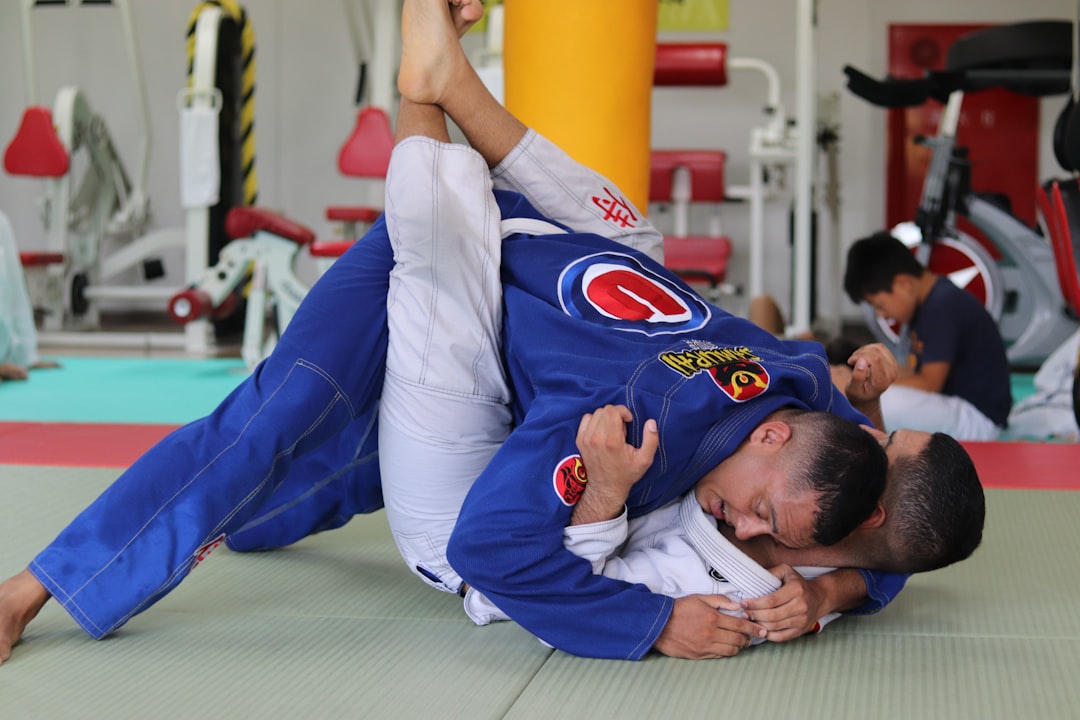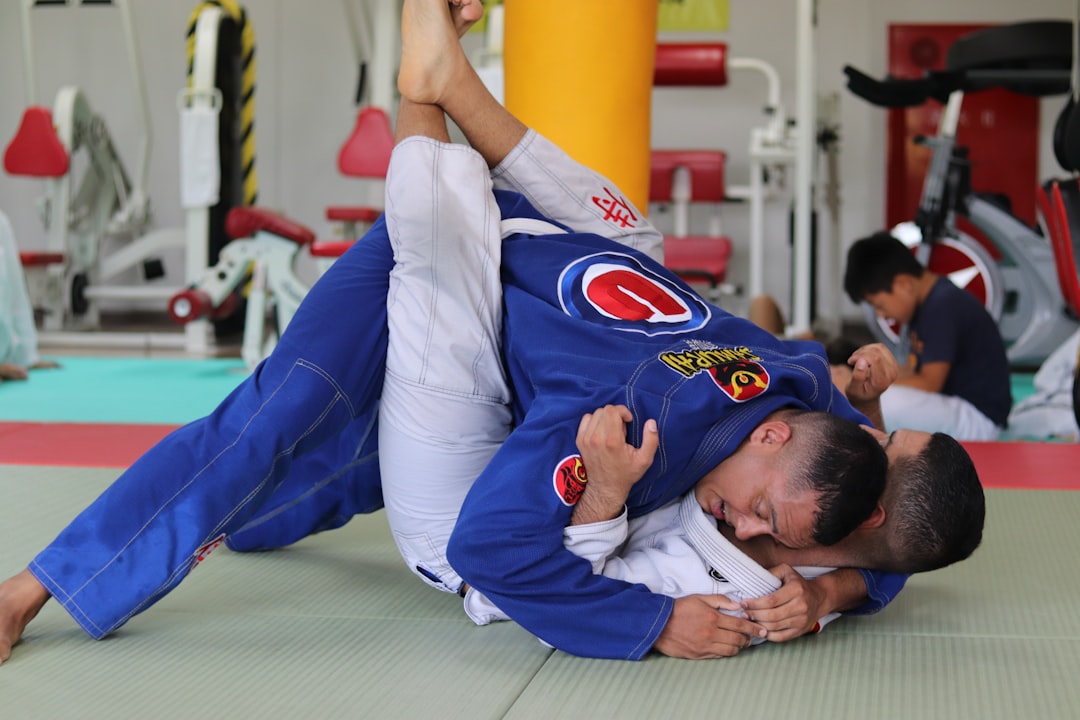The traditional karate outfit, known as a gi, is a key element of the discipline, serving both functional and symbolic purposes. Comprising a jacket and pants made from durable cotton or hemp fabric, the gi ensures freedom of movement for practitioners. The design features a white color, traditionally signifying purity and the ongoing journey towards mastery. Advanced practitioners may opt for a hakama, a divided skirt that provides additional security during intense training. While the gi's origins were simple and utilitarian, its current form is a standardized yet adaptable garment that balances functionality with cultural tradition. The gi's evolution has led to a debate on whether modern adjustments to the design are a respectful homage or a straying from traditional values. Nevertheless, the karate outfit remains an emblem of the sport's culture and the flexibility that characterizes karate itself, reflecting both its rich history and the potential for evolution within the practice.
Karate practitioners around the globe are familiar with the signature attire that defines their discipline. Known colloquially as a “karate outfit,” this article delves into the specifics of this garb, starting with its traditional form—the Gi. We will explore the origins and evolution of this essential uniform, tracing its changes through karate’s rich history. Join us as we uncover the significance of these garments beyond their functional design, revealing how they embody the spirit and tradition of this dynamic martial art.
- Understanding the Traditional Karate Outfit: The Gi
- Evolution and Variations of Karate Uniforms Through History
Understanding the Traditional Karate Outfit: The Gi

When delving into the world of karate, one encounters a range of traditional attire that practitioners wear to execute techniques with clarity and precision. Among these, the most recognizable is the karate outfit commonly referred to as a gi. The gi is a two-piece garment consisting of a jacket and pants, typically made from heavy cotton or hemp fabric. It is designed to facilitate movement while allowing the instructor to easily assess the student’s posture and technique. Are the sleeves of the karate gi designed with functionality in mind? Yes, they are; the sleeves are usually straight and not too wide or tight, ensuring that the movements of the arms are unimpeded during practice and sparring. The pants, known as hakama for a more advanced practitioner, are tailored to stay in place during active training, providing both mobility and modesty. What color should a karate gi be? Traditionally, white is preferred as it signifies purity and cleanliness, symbolizing the practitioner’s journey towards self-improvement and mastery of the martial art. The proper care and maintenance of a gi are essential to preserve its integrity, ensuring it remains a reliable component of the karate practice.
Evolution and Variations of Karate Uniforms Through History

Throughout history, the karate outfit, commonly known as a gi, has undergone significant changes to reflect the evolution of the martial art itself. Initially, practitioners wore simple garments that allowed for ease of movement and were practical for the training demands of the time. Over the years, however, the design of the karate gi has been standardized to include specific features that are now characteristic of this traditional attire. The jacket, known as an uwa, is typically belted at the waist with a belt, or obi, which also serves as a ranking indicator through different belt colors. The trousers, called nari, are straight-legged and fall just above the ankle, providing both flexibility and modesty during practice. The evolution of the karate gi is not merely about aesthetics but also about functionality; it has been shaped by the need to accommodate different body types, provide durability for rigorous training, and yet remain true to the traditional roots of the martial art.
Today, there are variations in the karate gi that cater to both competition and everyday practice. Some organizations adhere strictly to traditional designs, while others have introduced modifications such as lighter materials or adjustments to the fit and cut of the garment. These changes aim to improve comfort, performance, and even safety for the practitioners. The question of what constitutes an authentic karate gi can be subjective, with varying opinions on whether a modern, functional design is a deviation from tradition or an evolution that respects the martial art’s adaptability and practicality. Whether for formal occasions, daily training, or competitive events, the karate outfit, or gi, remains a symbol of the discipline, culture, and spirit of karate.
In conclusion, the traditional garb donned by practitioners of karate, often referred to as a “karate outfit” or “Gi,” carries with it a rich history and significance that extends beyond mere attire. Its evolution from basic functional wear to a standardized form reflects the discipline’s growth and integration into diverse cultures worldwide. Whether on the dojo floor or in competition arenas, the Gi remains an emblem of tradition, respect, and the unifying spirit of martial arts practitioners. Understanding its origins and variations enriches one’s appreciation for the art of karate and its practices.
